As mentioned previously, Marfa’s claim to fame:
- the movie Giant was filmed here
- it’s a well-known Arts destination

Giant (1956) was directed by Hollywood artistic juggernaut George Stevens (who won an Academy Award for Best Director for his work on the film), and earned a total of 9 Academy Nominations for work both behind and in front of the screen. Starring Elizabeth Taylor, Rock Hudson, and James Dean in his last role (and only third film) before his untimely death. Even though the film came out in the 1956, there continues to be a dialogue about this cinemas Classic. There’s been at least two different documentaries: Return To Giant (2003), and Children of Giant (2015). Giant has withstood the test of time, because it dared to be about matters of substance. The film was ahead of its time as it spotlighted racial prejudice and segregation against latinos. One only needs to turn the news on to see how these are still relevant issues today as the nation is indulged in conversations about Mexican Immigrants and DACA.
One of the go to tourists destinations is the restored Hotel Paisano. The Hotel was designed by famed architect Henry Trost in the 1920s. In the 1950s Hollywood came to the Hotel, when the movie Giant was in production. Many of the cast and crew stayed at the hotel, or made use of its amenities. Today there’s some film memorabilia up around the hotel, and there’s a number of small shops (including one that sells Giant film related merchandise), and a gallery attached to the hotel too.
Despite being a town of around 2000 residents, Marfa boasts well over a dozen art galleries, the most preeminent Art destination being the Chinati Foundation. While Marfa may feature numerous art galleries plus a number of retail shops specializing in artisan wares. Many of them have limited hours primarily focused to Friday – Sunday. I knew this going to the town, but even so I found half the places I tried to visit closed the Saturday I went. Between vacations, and galleries between installations my luck was not with me.

Still I managed to make it to Book Marfa, which features a specially curated book store, artisan made goods, as well as a mini art gallery with works for sale. I love their regional book section. Anyone with an interest in ancient art especially of ancient man the book the White Shaman Mural is a must read.
The White Shaman Mural: An Enduring Creation Narrative in the Rock Art of the Lower Pecos by Carolyn E. Boyd, Kim CoxWinner, Society for American Archarology Book Award, 2017
The prehistoric hunter-gatherers of the Lower Pecos Canyonlands of Texas and Coahuila, Mexico, created some of the most spectacularly complex, colorful, extensive, and enduring rock art of the ancient world. Perhaps the greatest of these masterpieces is the White Shaman mural, an intricate painting that spans some twenty-six feet in length and thirteen feet in height on the wall of a shallow cave overlooking the Pecos River. In The White Shaman Mural, Carolyn E. Boyd takes us on a journey of discovery as she builds a convincing case that the mural tells a story of the birth of the sun and the beginning of time—making it possibly the oldest pictorial creation narrative in North America.
Unlike previous scholars who have viewed Pecos rock art as random and indecipherable, Boyd demonstrates that the White Shaman mural was intentionally composed as a visual narrative, using a graphic vocabulary of images to communicate multiple levels of meaning and function. Drawing on twenty-five years of archaeological research and analysis, as well as insights from ethnohistory and art history, Boyd identifies patterns in the imagery that equate, in stunning detail, to the mythologies of Uto-Aztecan-speaking peoples, including the ancient Aztec and the present-day Huichol. This paradigm-shifting identification of core Mesoamerican beliefs in the Pecos rock art reveals that a shared ideological universe was already firmly established among foragers living in the Lower Pecos region as long as four thousand years ago.
I swung by the famous Ballroom Marfa for their installation at the time, and was rather taken by this artists use of electrical current through tobacco to the cooper sheet metal. I think in this case, it brings back fond memories of me working with copper during my metal & jewelry days. There was also an interesting exhibit that tackled political issues of identity as found in language and how various countries were using accents to authentic paperwork and grant or deny admittance to their country for foreigners. I also tried to visit the artisan retail fronts of both Freda,and the Wrong Store but they were also closed.

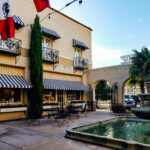
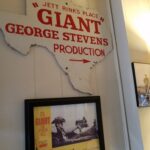
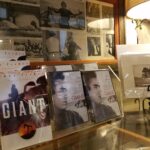
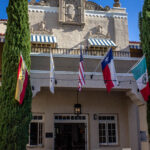

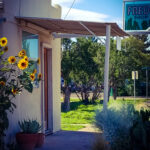
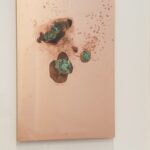
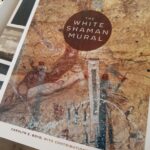


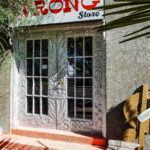
Comments